Lawfare: When Law becomes a Weapon
International law was designed to restrain power and facilitate cooperation among states. Today, however, it has become an instrument of power itself. Law is no longer simply invoked to resolve disputes; it is weaponized to pressure adversaries, constrain strategic options, and advance geopolitical objectives. This phenomenon, known as “lawfare,” represents a fundamental shift in how states compete in an interdependent world. From sanctions regimes and regulatory capture to strategic tribunal cases and treaty manipulations, law now operates as a frontline tool of state power. Understanding lawfare is essential for policymakers navigating an increasingly contested international order where legal instruments can accomplish what once required military force.
What is Lawfare?
Lawfare refers to the strategic use of law as a weapon to achieve objectives that might otherwise require military means or diplomatic concessions. As Harvard Law School’s David Kennedy observed,
“Law can often accomplish what might once have been done with bombs and missiles: seize and secure territory, send messages about resolve and political seriousness, even break the will of a political opponent.”
To Major General Charles Dunlap of the United States Air Force, it is
“a strategy of using, or misusing, law as a substitute for traditional military means to achieve an operational objective.”
Lawfare is not simply about states invoking legal arguments in disputes. It involves the deliberate instrumentalization of legal processes, norms, and institutions to achieve strategic objectives. This encompasses the selective invocation of international law to justify contested actions, the manipulation of multilateral institutions to isolate adversaries, the weaponization of economic regulatory frameworks, and the strategic use of international courts and tribunals to shape narratives and constrain opponents.
This phenomenon reflects deeper structural changes in international relations. Direct military confrontation between major powers has become rare, not least because of nuclear deterrence and the catastrophic costs of great power wars. At the same time, economic interdependence, globalized markets, and a dense network of international institutions have created new arenas for competition. These arenas exist not on traditional battlefields but in legal forums, regulatory bodies, and treaty negotiations. Law has thus become both a shield and a sword in contemporary statecraft.
The Architecture of Lawfare: Seven Platforms
International law’s multifaceted role in global governance creates multiple platforms for lawfare. Understanding these platforms reveals how states leverage law strategically across different domains.
1. Stabilizer and Balancer
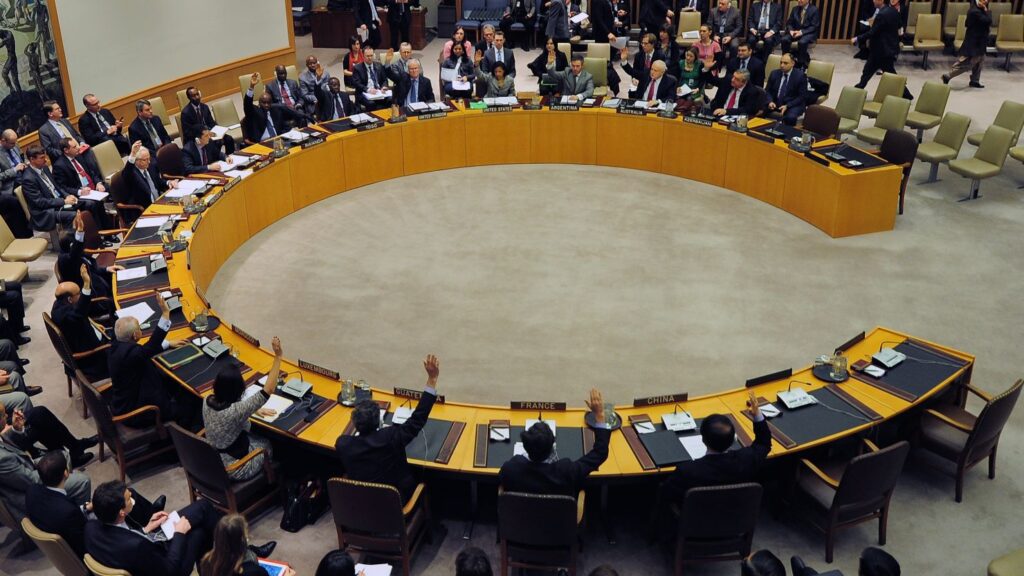
International law establishes foundational principles for peaceful coexistence: territorial sovereignty, non-intervention, sovereign equality, and the prohibition of the use of force except in self-defense or with UN Security Council approval. However, powerful states increasingly reinterpret these principles to create strategic advantages. The “unable or unwilling” doctrine, for instance, allows states to conduct military strikes in other territories when the host state purportedly cannot or will not suppress non-state actors deemed threatening. This interpretation bypasses diplomatic measures and collective security mechanisms, effectively expanding the scope of permissible force in ways that many states and legal scholars consider incompatible with the UN Charter.
2. Pressurizer and Compliance Generator
International institutions wield significant power to pressure states into compliance through sanctions, embargoes, grey-listing, and conditionality mechanisms. The UN Security Council can impose binding sanctions under Chapter VII. The Financial Action Task Force can grey-list or black-list countries for alleged deficiencies in anti-money laundering and counter-terrorism financing frameworks. The International Monetary Fund and World Bank can attach conditions to loans that effectively dictate domestic policy. These mechanisms, while formally multilateral, are often dominated by powerful states that use them to advance strategic objectives.
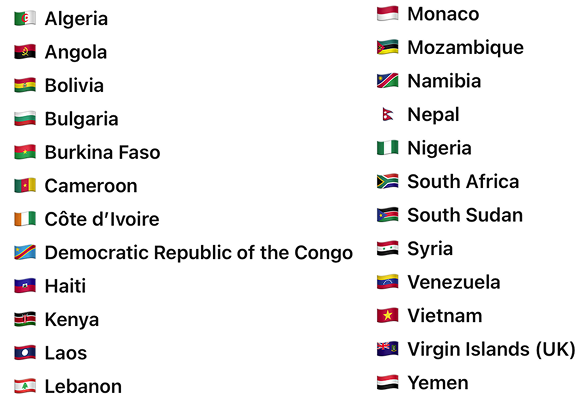
3. Connector and Standard Setter
International bodies develop technical standards and regulatory frameworks that govern everything from telecommunications to financial systems. Lawfare in this domain involves capturing standard-setting processes to advance national interests. The United States promotes its cybersecurity frameworks through bodies like the International Telecommunication Union, while China pushes for recognition of its national standards in artificial intelligence and telecommunications through alternative platforms. Control over standard-setting translates into economic advantages, regulatory influence, and technological leadership. States that shape standards early gain first-mover advantages that can lock in their preferences for decades.
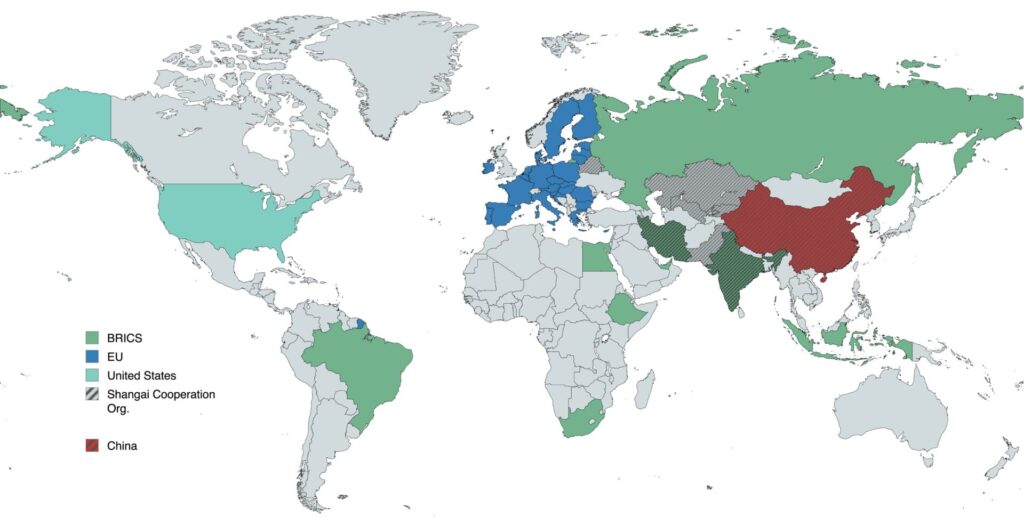
Regional organizations also serve as norm-setting platforms. The European Union’s General Data Protection Regulation and Artificial Intelligence Act establish regulatory frameworks that influence global standards far beyond Europe’s borders. Meanwhile, organizations like the Shanghai Cooperation Organisation and BRICS develop alternative frameworks that challenge Western-dominated systems.
The Mechanisms of Lawfare
Lawfare operates through specific mechanisms that exploit the structure and procedures of international law. Understanding these mechanisms reveals how states translate legal instruments into strategic advantages.
Sanctions and Listing Regimes
Sanctions have become a preferred tool for exerting pressure without resorting to military force. The UN Security Council maintains consolidated lists of individuals and entities subject to travel bans, asset freezes, and arms embargoes. Designation to these lists can devastate reputations, freeze financial assets globally, and isolate individuals and organizations from international commerce. However, listing procedures are often opaque, dominated by powerful states, and difficult to challenge. States use listing as a tool to target adversaries, build pressure for compliance, and shape international narratives about terrorism, proliferation, or other threats.
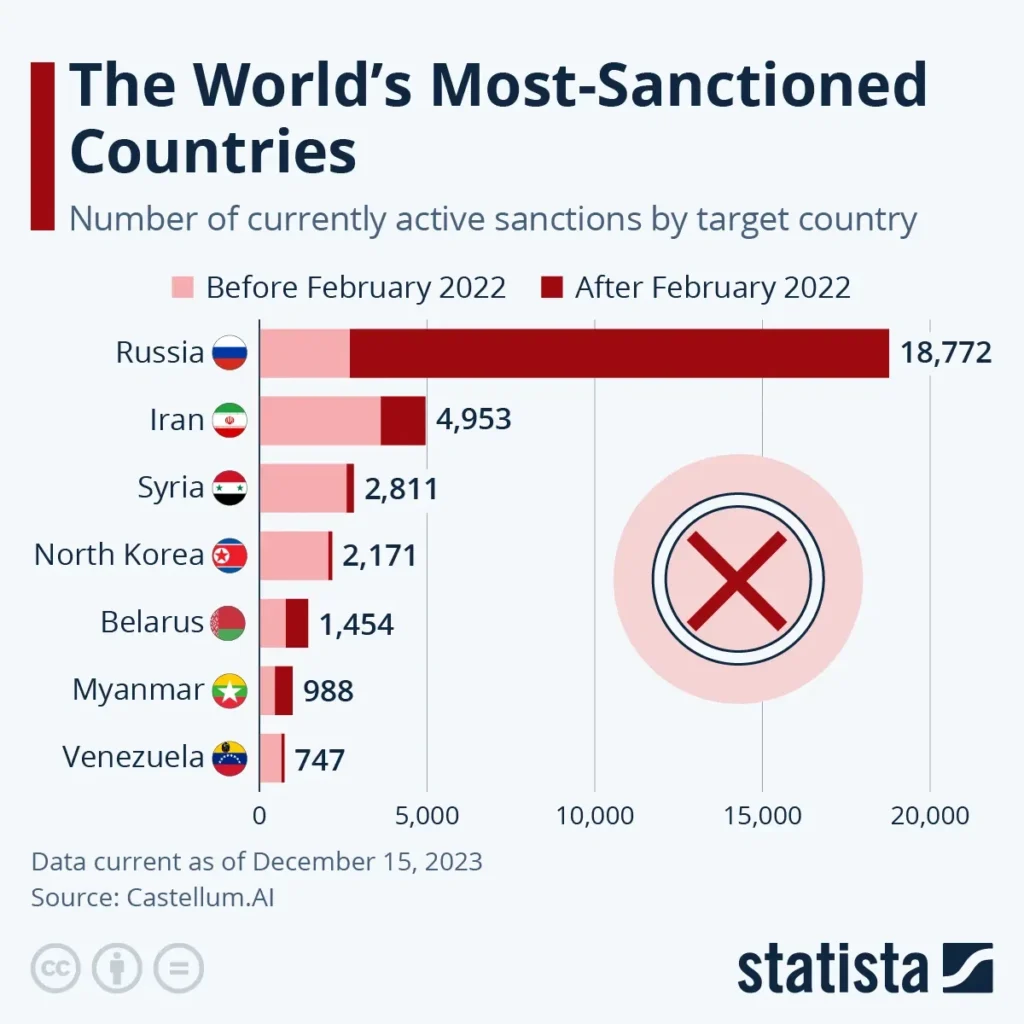
Standard-Setting Capture
Technical bodies such as the Financial Action Task Force, International Organization for Standardization, International Telecommunication Union, and Basel Committee on Banking Supervision develop standards that govern critical infrastructure and regulatory frameworks. Participation in these bodies allows states to shape global norms in ways that align with national security priorities. Powerful states actively work to establish their national standards as international benchmarks, creating regulatory advantages and locking in technological preferences.

Financial Action Task Force establishes global standards for anti-money laundering and counter-terrorism financing. While formally multilateral, the organization is dominated by Western states and operates through peer review mechanisms that can impose significant economic costs on non-compliant countries. Grey-listing by the FATF can devastate economies by restricting access to international finance and trade.
Mutual Legal Assistance and Extradition
Mutual legal assistance treaties and extradition agreements facilitate cross-border legal cooperation. However, these mechanisms can be weaponized to pursue adversaries, exert diplomatic pressure, and build legal cases selectively. States use letters rogatory to seek evidence in criminal investigations, pressure counterparts to cooperate under counter-terrorism frameworks, and leverage domestic legal proceedings to advance international narratives. The selective application of these mechanisms reflects geopolitical considerations as much as legal principles.
Selective Engagement with Tribunals
States strategically decide when to engage with international courts and when to reject their authority. Filing cases at the International Court of Justice or regional human rights courts serves multiple purposes: building diplomatic pressure, shaping international narratives, and constraining adversaries’ strategic options. Equally significant is the decision not to participate in proceedings. By rejecting tribunal authority, states contest the legitimacy of legal processes while avoiding the political repercussions of formal treaty withdrawal. This approach allows states to maintain formal commitments to international law while selectively disregarding inconvenient rulings.
Reinterpretation of Foundational Norms
Powerful states reinterpret foundational principles of international law to create legal justifications for controversial actions. The “unable or unwilling” doctrine, for instance, expands the scope of self-defense to permit preemptive strikes in third-party territories. The concept of “humanitarian intervention” has been invoked to justify military action without Security Council authorization. These reinterpretations stretch legal concepts in ways that many states and scholars consider incompatible with the UN Charter, but they create permissive legal frameworks that serve strategic objectives.
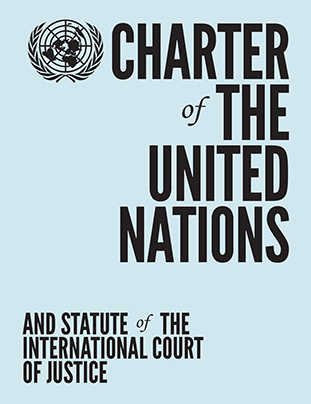
Case Study
India’s Multi-Decade Lawfare Campaign Against Pakistan
India’s sustained lawfare campaign against Pakistan offers an instructive case study in how states systematically leverage legal instruments to achieve strategic objectives. This campaign has evolved over decades, adapting to changes in international law and exploiting shifts in global counter-terrorism frameworks.
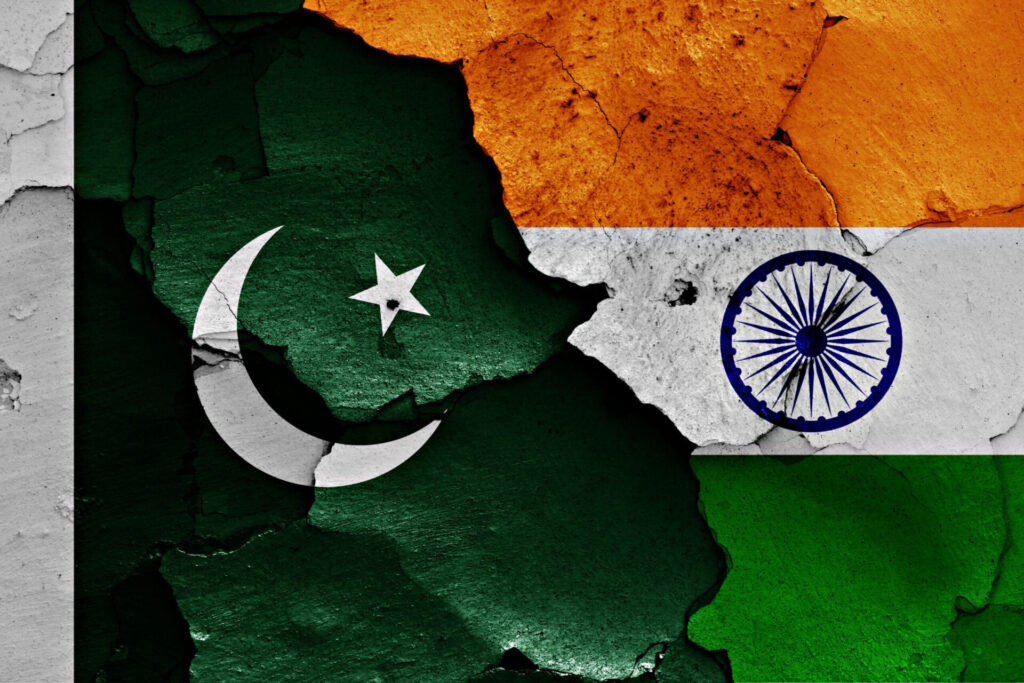
The Broader Consequences of Lawfare
The proliferation of lawfare carries significant implications for the international legal order. It contributes to the erosion of foundational principles, the paralysis of multilateral institutions, the fragmentation of legal frameworks, and the weaponization of rights. Smaller states are particularly vulnerable to lawfare, as they may find themselves trapped between competing legal regimes imposed by great powers. The risk is that international law may become increasingly fragmented, politicized, and unreliable as a framework for cooperation.
Lawfare creates compounding vulnerabilities for targeted states. A state facing sanctions listings may struggle to access international finance, constraining its economic development and forcing domestic policy changes. Grey-listing by FATF can devastate economies by restricting trade and investment. Negative rulings by international tribunals can embolden adversaries and weaken diplomatic positions. The cumulative effect of these legal pressures can be as debilitating as military defeat, yet lawfare operates below the threshold of armed conflict and avoids the international opprobrium associated with overt aggression.
For states engaged in lawfare, the proliferation of these tactics creates risks as well. Overuse of sanctions can reduce their effectiveness and encourage the development of alternative financial systems. Selective invocation of human rights norms undermines their universal character and invites accusations of hypocrisy. Reinterpretation of foundational principles erodes the normative foundation of international law, creating permissive frameworks that can be exploited by adversaries. The long-term consequences of lawfare may undermine the very legal order that powerful states rely upon to maintain influence.
Counter-Lawfare Strategies
States targeted by lawfare must develop proactive strategies to resist legal pressure and shape international narratives. Effective counter-lawfare requires both defensive measures to mitigate vulnerabilities and offensive strategies to exploit adversaries’ contradictions.
Conclusion: From Reactive to Strategic
Lawfare signifies fundamental changes in how states compete and exert influence in an interdependent world. It is neither entirely new nor inherently illegitimate; states have always used legal arguments strategically. What has changed, however, is the scale, sophistication, and centrality of legal instruments in contemporary statecraft.
The consequences are troubling. The erosion of foundational norms, the paralysis of multilateral institutions, the fragmentation of legal frameworks, and the weaponization of rights all threaten to undermine the predictability and legitimacy that international law requires to function effectively. Yet international law remains indispensable. No alternative system exists for managing global interdependence, resolving disputes peacefully, or addressing transnational challenges such as climate change, pandemics, and nuclear proliferation.

